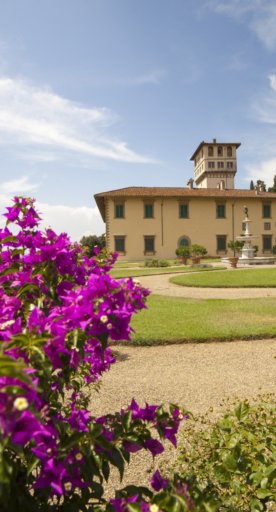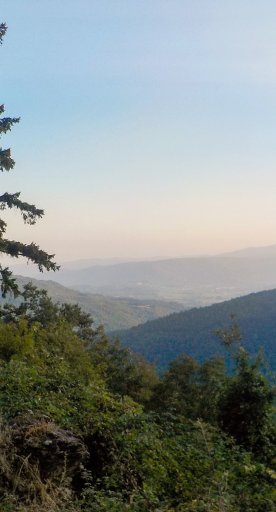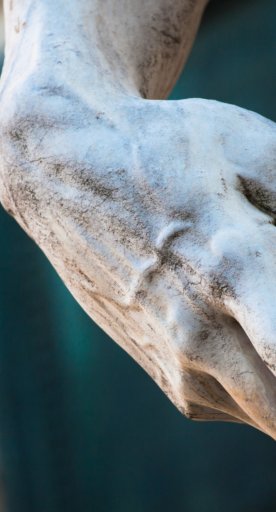10 things to do in Florence
One of the world's best-known cities, a symbol of Renaissance art and architecture and more: here's a guide with must-see stops
When it comes to Florence, it is difficult to choose the most interesting places to visit as every corner of the historic center holds a small - or big! - wonder.
But Florence is not only this: from the great craftsmen to the fine culinary traditions, from the fashion houses of the most famous designer labels to the characteristic markets, it is the perfect place to be amazed, perhaps on foot, strolling so that you can see and feel the harmony that has always characterized this place.
-
1.Admiring the city from Piazzale Michelangelo
-
2.Walking on Ponte Vecchio
-
3.Getting to know the neighborhoods of Santo Spirito and San Frediano
-
4.Relaxing at Villa and Garden Bardini
-
5.Shopping in the shopping quadrangle
-
6.Visiting Piazza Santa Croce
-
7.Tasting Florentine Street Food
-
8.Being enchanted by Piazza Duomo
-
9.Entering the Uffizi Gallery
-
10.Exploring history in Piazza della Signoria
Admiring the city from Piazzale Michelangelo

Florence's best-known panoramic viewpoint, a terrace that affords a privileged view of the historic center's most celebrated monuments, Piazzale Michelangelo needs no introduction and remains one of the most visited attractions.
The Piazzale was created as a tribute to Michelangelo's character: in the center of the square is a monument composed of bronze copies of some of his works such as the imposing David, which turns its gaze toward the hills opposite the city.
The most striking hour is at sunset, but visitors are amazed at any time of the day.
Walking on Ponte Vecchio

Walking on the Ponte Vecchio and looking at the Arno below us is a bit like walking through history.
The famous goldsmith stores that enliven it originally housed the meat market: it seems that after the construction of the Corridoio Vasariano (Vasari Corridor) -which connects Palazzo Vecchio to Palazzo Pitti - Ferdinando I wanted to remove the butcher shops to replace them with something more decorous and appropriate to the place.
It is the perfect place to photograph Florence at sunset, take a romantic walk and get lost in precious shopping!
Getting to know the neighborhoods of Santo Spirito and San Frediano

Two neighborhoods full of life and characteristic places: walking around aimlessly and being surprised by the city's artisan workshops, numerous bars and unseen glimpses is a truly exciting experience.
Worth visiting are the Basilica of Santo Spirito - which houses inside numerous works such as the wooden Crucifix by Michelangelo - the Santo Spirito market – which you can find every day in the square of the same name with zero-kilometer products - and Piazza del Carmine where you can admire the Cappella Brancacci (Brancacci Chapel) inside the Church of Santa Maria del Carmine.
The streets of San Frediano, moreover, are populated with many small works of street art: it will be fun to look for those by Blub and Clet, among many others.
Relaxing at Villa and Garden Bardini

In one of the most spectacular spots in Florence, Villa Bardini and its wonderful garden are a must-see for those seeking a moment of relaxation without sacrificing beauty.
Inside the Villa is home to the Pietro Annigoni Museum - with works by the painter - temporary exhibitions and special events.
You can get there on foot, passing through the neighborhood of San Niccolò, one of the oldest in Florence: the walk involves a fairly strenuous climb, but the view, once you reach the Villa, will be truly priceless.
Shopping in the shopping quadrangle
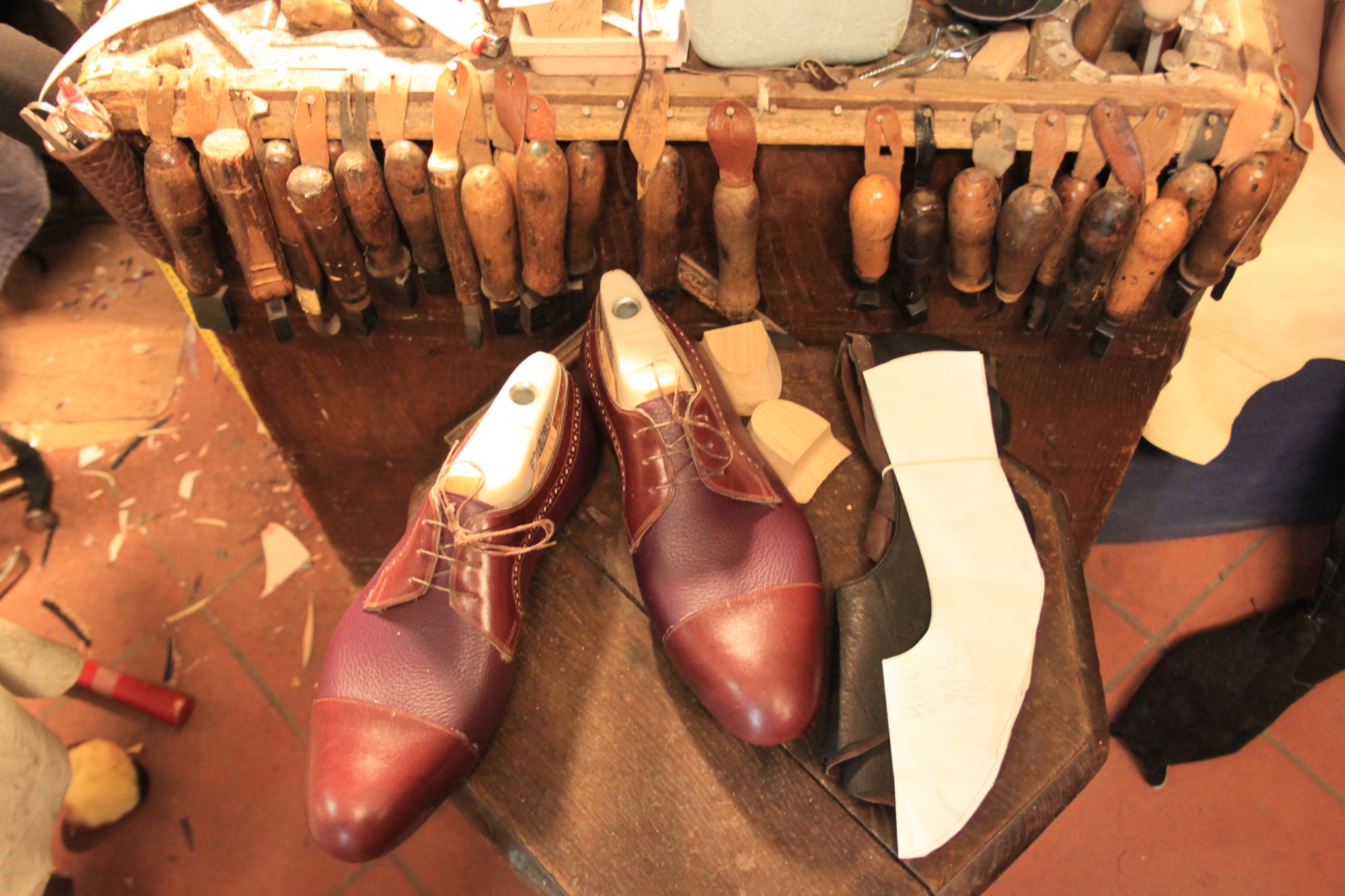
Florence is the ideal place to be inspired by fashion: from the most famous boutiques in Via Tornabuoni, Via Roma, Via della Vigna Nuova or Via dei Calzaiuoli to the vintage stores scattered a bit throughout the center, it will be easy to find everything you are looking for.
For fans of design and handicrafts, there is no shortage of stores and workshops: for antiques, a stop on Via Maggio and the neighboring streets of the Oltrarno is a must, while for leather goods it is better to concentrate in the area of Santa Croce - Borgo dei Greci - and San Lorenzo.
Visiting Piazza Santa Croce
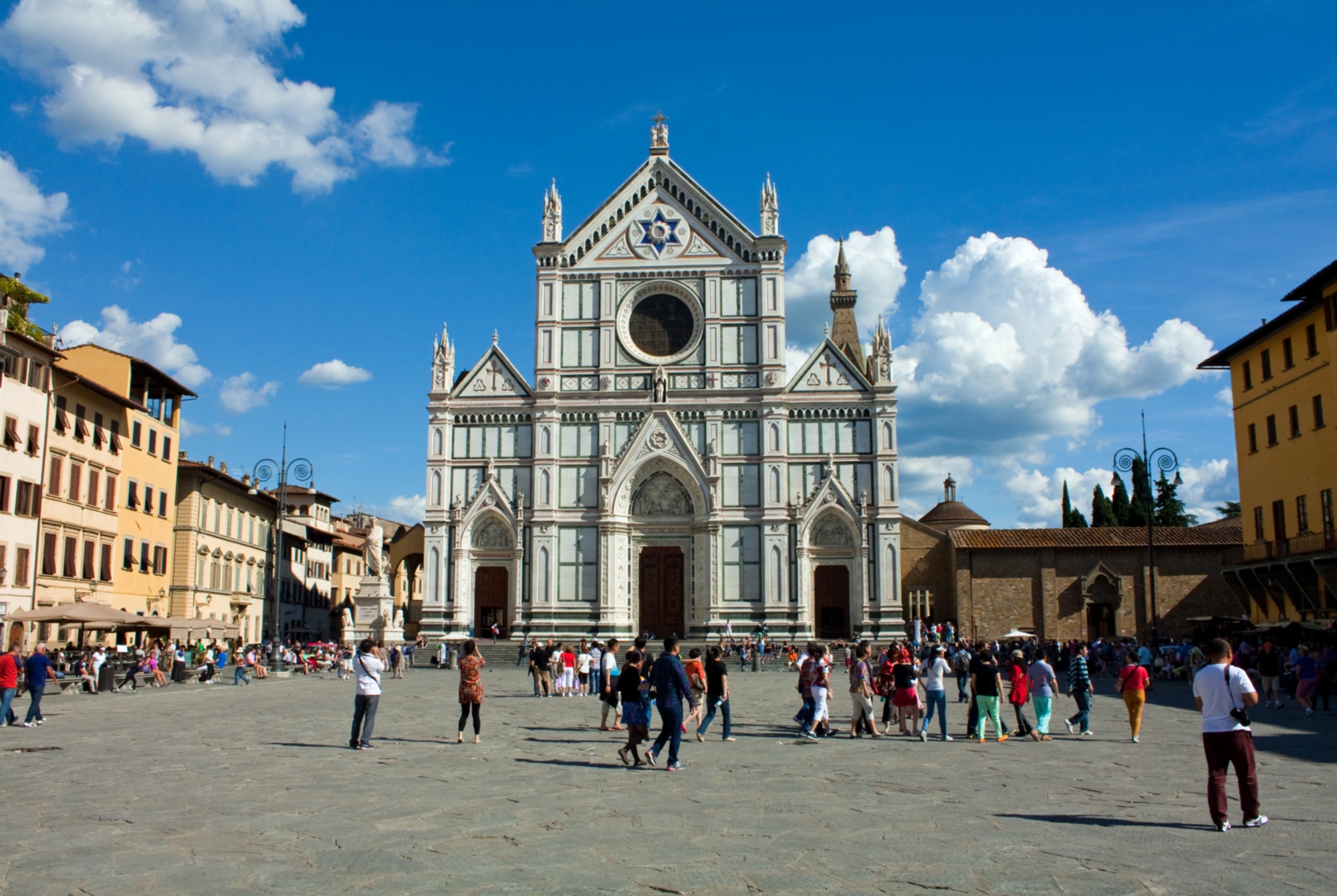
A much-loved square for Florentines, Santa Croce enchants with the beauty of the Basilica - where famous figures such as Galileo and Machiavelli are laid to rest - and the splendid palaces that line it.
The square is home to the famous Calcio storico fiorentino (Florentine Historical Football) and, at Christmastime, the Weihnachtsmarkt, a now-traditional event featuring European food and crafts.
Sitting at one of the tables in the many establishments here will be especially pleasant at dusk, when the sky above the Basilica is tinged with orange.
Tasting Florentine Street Food

Tuscany boasts a respectable food and wine tradition, and Florence does not disappoint expectations: in addition to offering numerous restaurants for every palate, the city is famous for street food: to be tasted without delay are tripe and lampredotto, true institutions of Florentine cuisine that are served at every street corner in the typical banchini dei trippai (stalls of the tripe sellers). An accompanying glass of red wine is a must.
Being enchanted by Piazza Duomo
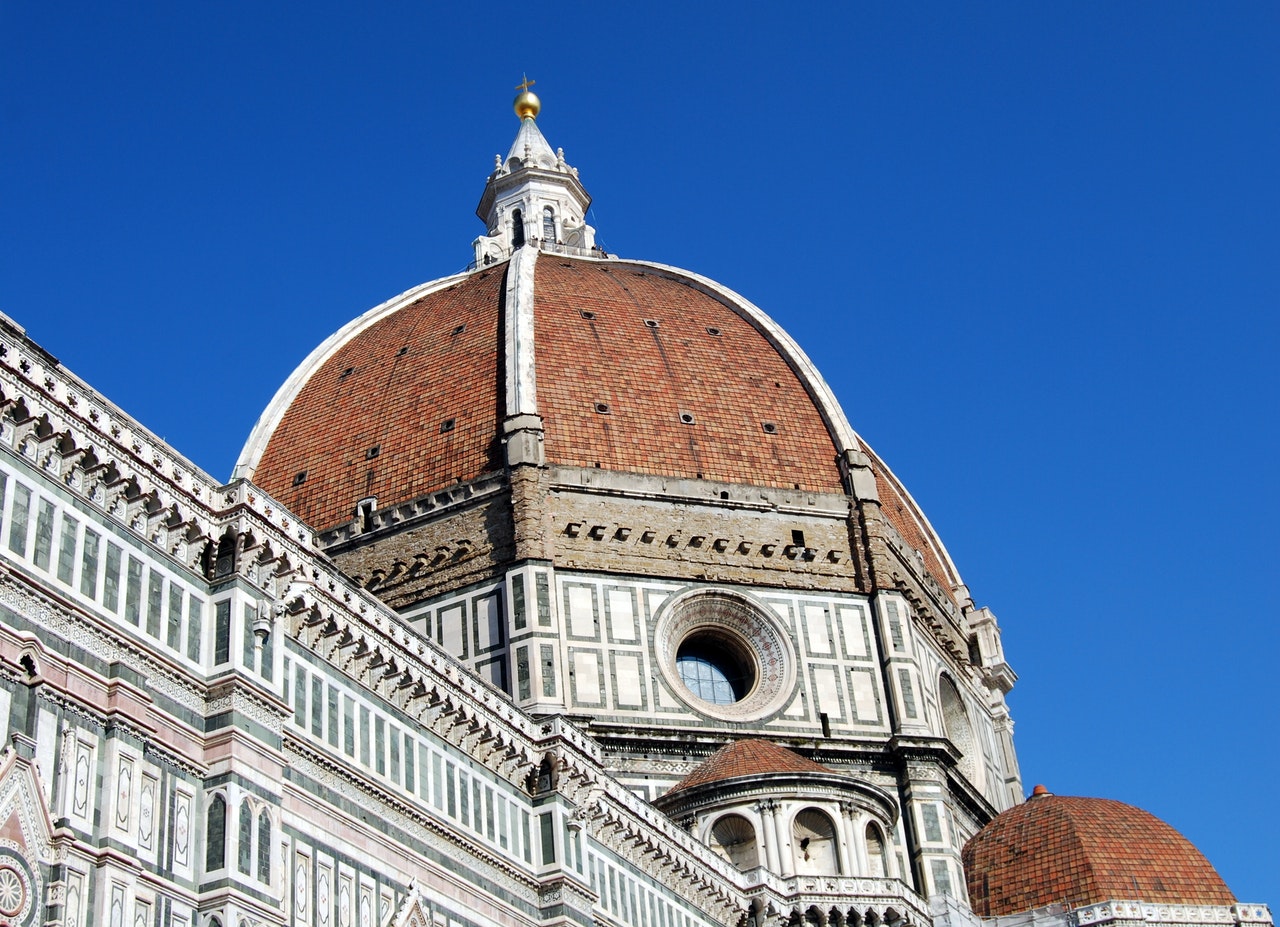
The Dome by Brunelleschi, the Bell Tower by Giotto, the Cathedral of Santa Maria del Fiore, the Baptistery of San Giovanni: this magnificent square alone is worth a trip to Florence.
Declared a UNESCO World Heritage Site, it is like a treasure chest to be discovered.
For those who have time, the Museo dell'Opera del Duomo - located behind the Cathedral - holds 750 works - including masterpieces such as the Pietà Bandinio by Michelangelo and the Maddalena Penitente by Donatello - to tell the story of more than seven centuries of history.
Entering the Uffizi Gallery
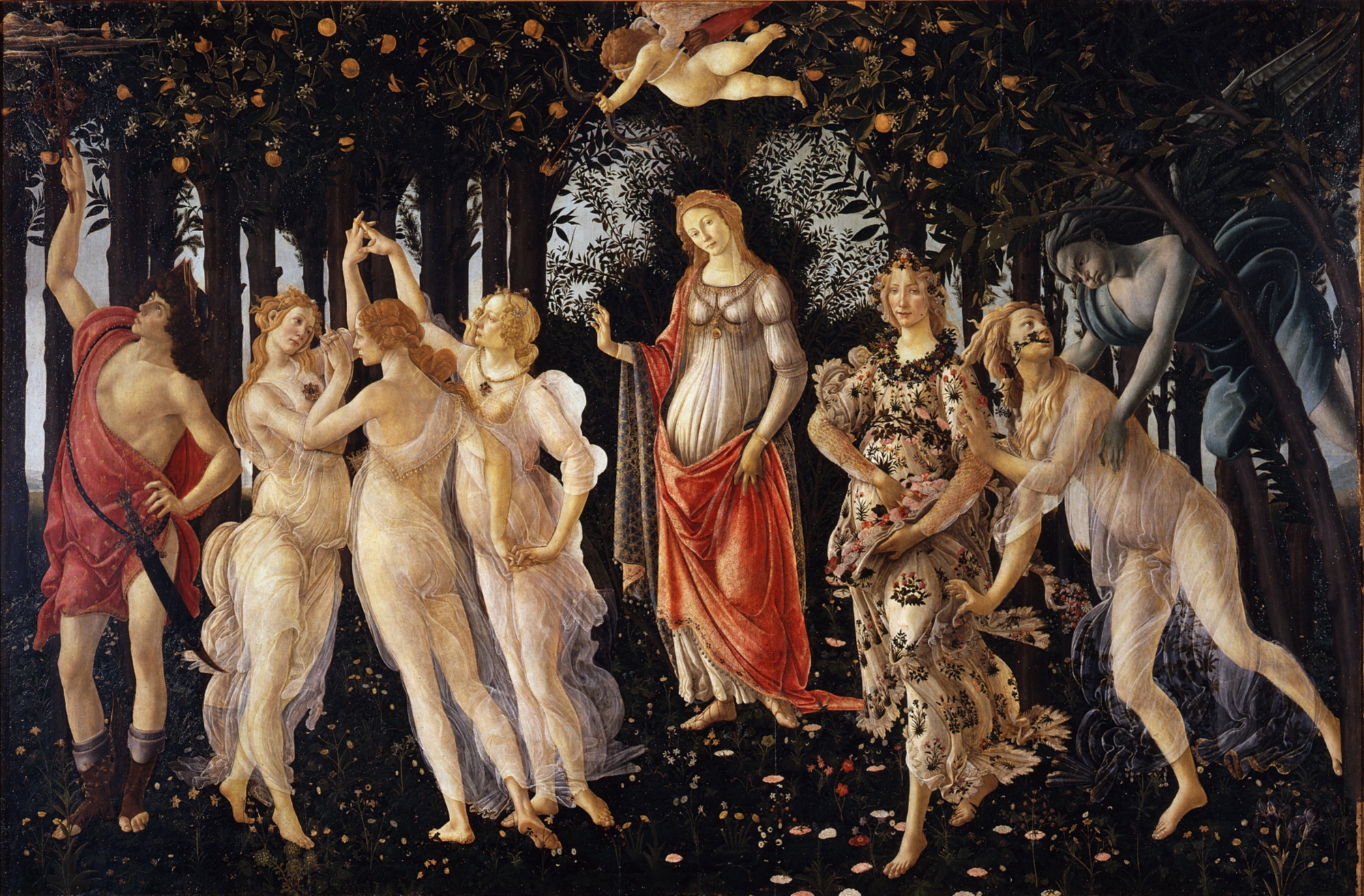
Unique masterpieces of art in a palace built by Giorgio Vasari in 1560 by order of Cosimo I de' Medici.
Among the best-known artists are Cimabue, Giotto, Duccio di Buoninsegna, Simone Martini, the brothers Piero and Ambrogio Lorenzetti, and even Leonardo da Vinci, Mantegna, Perugino, and Botticelli. Among the most famous works are the double Portrait of the Dukes of Urbino by Pietro della Francesca, the Madonna del Cardellino by Raffaello and a few masterpieces by Caravaggio such as Bacco e la Testa della Medusa, not forgetting the extraordinary Tondo Doni by Michelangelo, the Nascita di Venere e la Primavera by Sandro Botticcelli and the Annunciazione by Leonardo Da Vinci.
The Uffizi Gallery is one of the best known museums in the world, and a visit to this temple of art is a must when visiting Florence.
Exploring history in Piazza della Signoria

The political heart of Florence since the Middle Ages, it is one of the city's most iconic squares: dominated by the Palazzo Vecchio, it is framed by the Loggia dei Lanzi - an open-air sculpture museum with masterpieces such as Perseo by Benvenuto Cellini and the marble Ratto delle Sabine by Giambologna – from the Fontana del Nettuno by Bartolomeo Ammannati - affectionately called Biancone by Florentines - and the Statua equestre di Cosimo I by Giambologna.
Numerous venues overlook the square from where you can enjoy the unique spectacle that only a place as steeped in history and art as this can provide.












